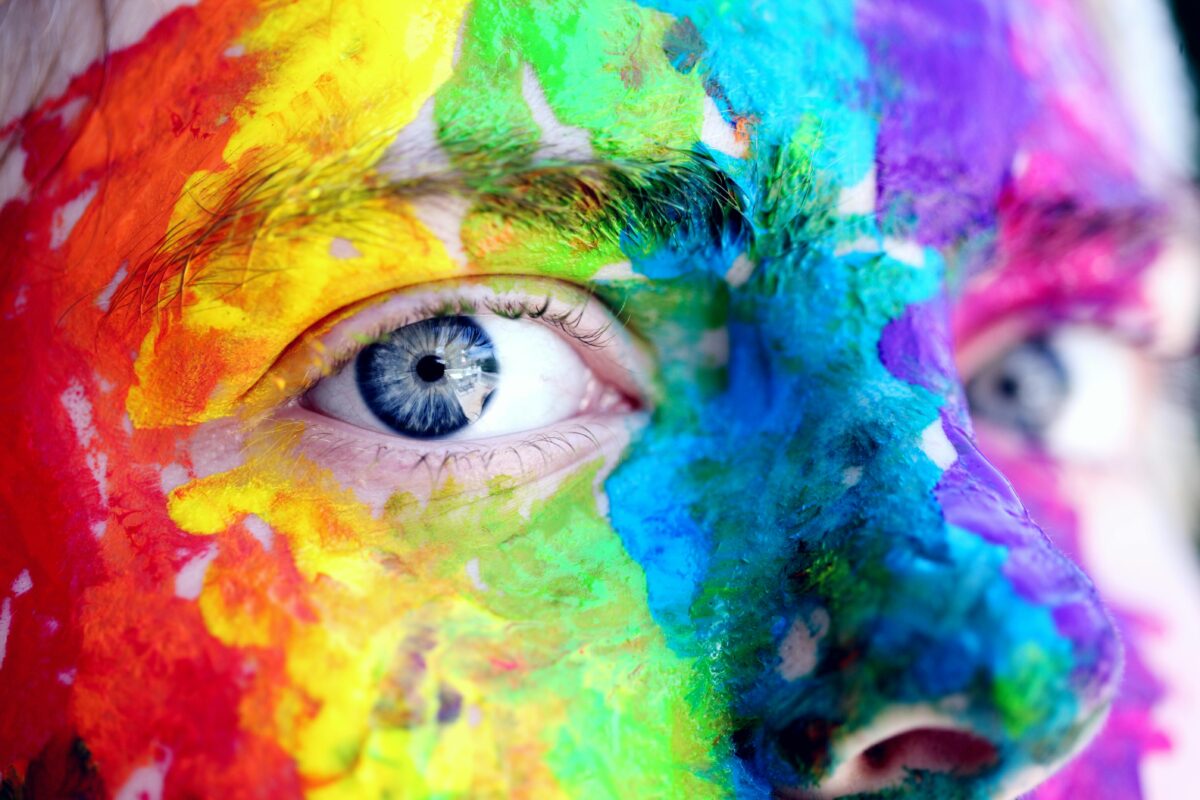Understanding How to Build Something Lasting, Not Just Spectacular
What do people often think of when they imagine creativity? A flash of inspiration, an “aha” moment, or that viral piece of work everyone’s talking about. While those moments are real, they are not the main story. Creativity is not a sudden event but a winding, demanding process—one that unfolds gradually, repeatedly, and often quietly. It’s made up of small decisions, consistent work, and the courage to persist even when nothing seems to be happening. Understanding creativity this way shifts the goalpost—it moves us from chasing magic to cultivating craft. Below is an in‑depth look at the process of creativity: why it unfolds over time, how to nurture it, and how thinking of it as a process changes everything about how you work.
Why Creativity Misunderstood as an Event
Most stories and marketing push the idea that creativity flashes into being fully formed. We glorify the moment when someone “discovers” their path or has a breakthrough. But when you dig beneath what you see, you often find years of preparation, quiet failure, re‑working, and hidden effort. The problem with thinking creativity is an event is that it leads to mythic expectations: waiting for inspiration, avoiding process, resisting the slog. When that moment doesn’t arrive—or doesn’t feel obvious—you feel like you’re failing. Or worse, you give up.
What the Creative Process Actually Looks Like
Creativity unfolds in stages. While not every creative path looks exactly the same, certain phases show up repeatedly. Here are the key stages:
1. Patience and Preparation
You gather knowledge, experiment, make small errors, practice everyday. This is foundational work. Without it, breakthroughs are brittle—flashy but shallow.
2. Incubation
After enough time working and gathering material, you step away. You let ideas simmer subconsciously. The mind connects dots beneath awareness. That dream, that random connection in a walk, that unrelated conversation—all feed in.
3. Exploration and Experimentation
You try odd things, allow for “bad ideas,” fail. You stretch boundaries. You shift media, try new tools, twist constraints. Some experiments will go nowhere. Others bring surprising insight.
4. Refinement and Editing
This is where raw ideas get honed. You prune, you reshape, you strip away excess. What remains has integrity, clarity, nuance. You rebuild. You polish. You test. You seek feedback.
5. Sharing and Action
At some point, the work leaves you. You share drafts, prototypes, finalized versions. You invite response. You let others interact with what you created. You see what resonates, what misses. Then you loop back into refinement.
How to Structure Your Life Around the Process
If creativity is a process, then your daily life should support that process. That means building in routines, rhythms, and attitudes that allow creativity to grow rather than flicker out. Here are several ways to anchor the process in your life:
- Schedule “unfinished work” time each week. Allow space just to explore, tinker, without pressure to finish.
- Keep a “bad idea” journal where you jot down thoughts that feel half‑baked or silly. These are raw material.
- Make a feedback loop part of what you do. Share early, ask questions about what works or what doesn’t.
- Carve rest and incubation periods into your calendar. Walks, travel, hobbies—they all feed the subconscious.
- Look after your mental environment: reduce noise, maintain focus, avoid constant distraction. A process needs room to breathe.
How Thinking This Way Changes Goals and Expectations
Seeing creativity as a process reshapes what we expect of ourselves. It moves us from seeking continual peaks to recognizing value in gradual growth. It means celebrating progress as much as results. You begin to value:
- The hours you put in, even when nothing seems to result.
- The small improvements over time.
- The failures, odd experiments, dead ends. These are not waste—they are part of the path.
- The moments when ideas don’t feel new but feel deeper.
You stop beating yourself up for not having a “breakthrough idea” today. Instead you nurture consistency. You build trust in your own capacity to follow through.
Real Examples of Creativity as a Process
Some of the most praised work in art, science, business didn’t emerge overnight. For example:
- Many great books that later feel obvious took years of drafts, rejected versions, false starts.
- Successful products often go through prototypes, internal failures, user feedback, redesigns.
- Innovators in science run countless experiments before discovering what becomes standard.
These aren’t failures—they are intrinsic stages. The creative process doesn’t fail when parts look messy; it fails when you give up before those messy parts do their work.
Embracing the Process: What to Do Now
If you want to build your creative life around process rather than occasional events, start with these shifts:
- Value little wins and small steps—focus less on “big moments” and more on “daily continuation.”
- Reframe failure not as a sign of lack but as information, as necessary testing.
- Build structures that protect process: regular routines, quiet rooms or time blocks, sources of feedback, opportunities for rest.
- Be kind to your future self: preserve creative energy by avoiding burnout, not by always pushing.
Creativity isn’t a light‑ning bolt. It’s a journey. It unfolds slowly, quietly, imperfectly. And when you accept that, you stop waiting for magic and start doing the work. Unique and meaningful results are never accidents—they are the cumulative product of small practice, patience, refinement, and courage. When you shift your mindset from “I need one big event” to “I commit to the process,” everything changes: your work, your rhythm, your capacity to create not just occasionally, but reliably. If you want help mapping your process—for your particular kind of work—let me know; we can build something attuned to your strengths.
